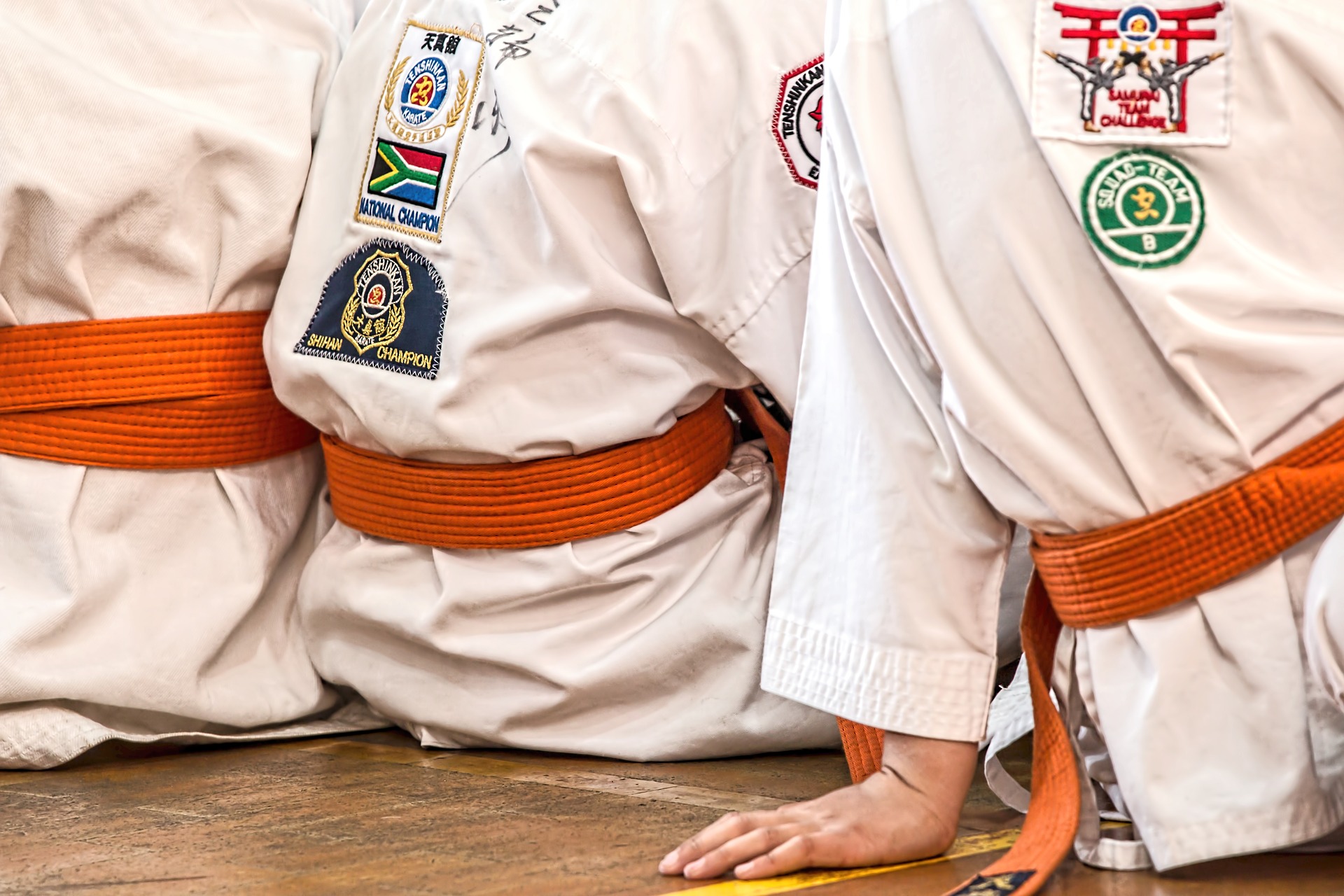
Modern day anime is one genre of entertainment where characters are made to be unique and diverse. However, this doesn’t mean that they don’t rely somewhat on archetypes to place characters into specific roles. From your typical hero or heroine to a villain, it’s important for storytelling to provide some kind of indication as to what role a character plays in the plot. The character may be more multifaceted than the archetype they display, but that’s okay. In anime specifically, archetypes are known as -deres and come in many forms. They help to diversify yet signify the characters purpose, and can be telling of anime culture as a whole.
What is a “-dere?”
Before delving into the different types of -deres that exist in anime, it’s important to know what it means. To be more specific, -deres refer to the archetypes or mood patterns that characters (often female ones) follow throughout there story arc. These archetypes vary and can change over time. These characteristics shape the person’s behavior and is the root of who they are as a character. Whereas some types are more popular than others, and some could be looped into similar categories, they all have different characteristics that differentiate themselves from the others.
The cruel -dere types
There are plenty of -dere types that rely on cruelty to mask emotions, react, or get a certain desired outcome. For example, the Sadodere is a character that often toys with the emotions of others in a cruel way.
One of the most popular and used archetypes in anime, the Tsundere is a character that treats their loved ones rather poorly. Depending on their backstory, their relationship with another character may have been born out of hatred or a Tsundere may not know how to express their feelings any other way. Regardless, they show their feelings by being mean, even cruel, and by treating those close to them poorly.
The sad -dere types
Sadness seems to be a common theme amongst some -deres, as there are quite a few archetypes that could be categorized by sad or depressed characters. The Utsudere is one type that appears very sad and depressed, but has a reason for these feelings. They are often bullied at school or may have issues occurring at home. Likewise, the Shundere type is also typically a rather sad or depressed character. However, the Shundere often appears in tales of love and their love interest is the one who can comfort and make the Shundere feel accepted.
The happy -dere types
On the flip side, there are plenty of character types that exude joy and happiness. For instance, the classic Deredere is a happy and energetic character that shows kindness to all, no matter the circumstances. Similarly, the Bakadere refers to a character that’s rather stupid or clumsy. Though they’re often sweet and innocent, Bakadere’s are seen most for their stupidity. Looking at the etymology of the work, Baka means stupid or moron and Deredere means lovey dovey. This type is also classified as a happy -dere, however, their moronic nature sets them apart.
The obsessive -dere types
This character may start out as sweet, but they can quickly become sinister. The most infamous obsessive type is the Yandere, who starts out as a kind character that soon spirals into a dark and obsessive storyline. Yanderes have been written about and even have games made around their entire archetype. A little less intense than the Yandere type, Undere is a character so enamored by their loved one that they’ll say yes to literally anything. This can often be contrasted by the Oujidere, who only wants to be treated as mere royalty by their significant other.
The cynical
The Hindere is a very popular cynical archetype. They’re often arrogant, cole-hearted and cynical about the world around them. They have a soft side deep down, but it’s covered by their negativity. This mirrors the Kuudere, who is often blunt, cold-hearted and cynical. Like the Hindere, an often male character, the Kuudere, a female character, is hard on the outside but soft on the inside.
There are plenty of different types of archetypes in the world of anime, as the genre includes many variations of different types of characters. Some are cruel, some kind. Others are crazy and obsessive. Ultimately, they all serve the purpose of progressing a plot.









